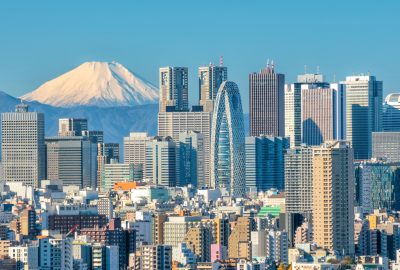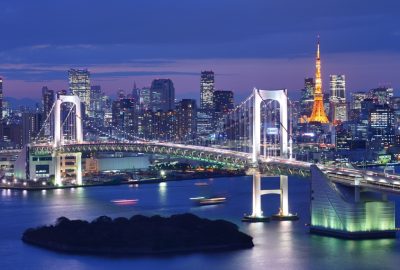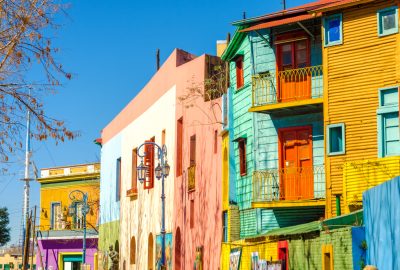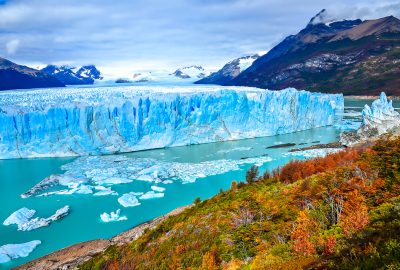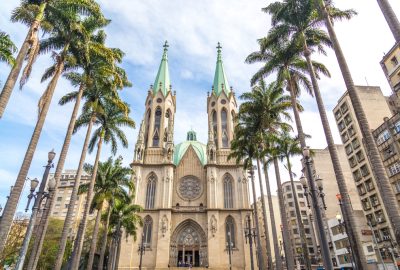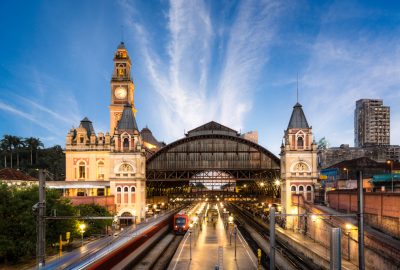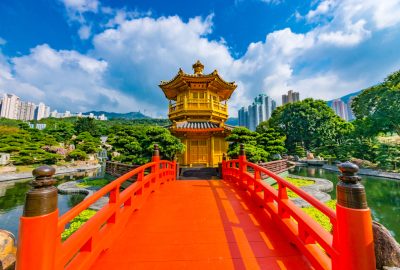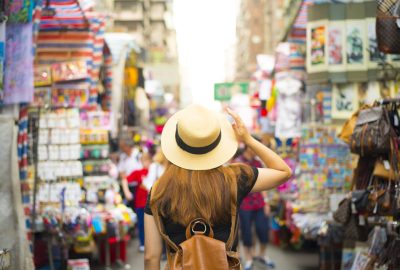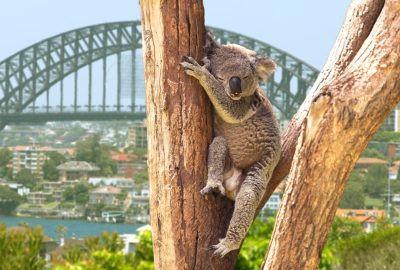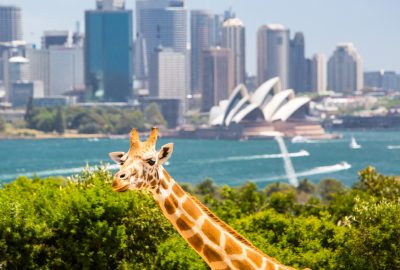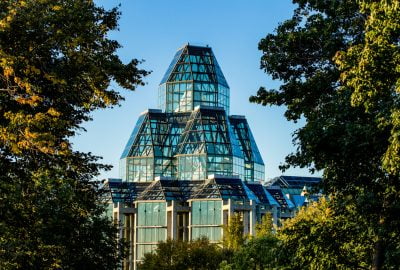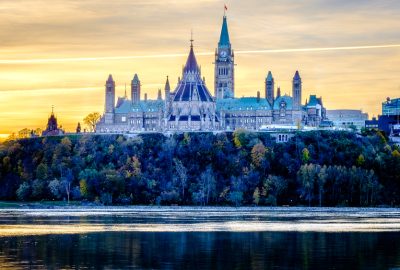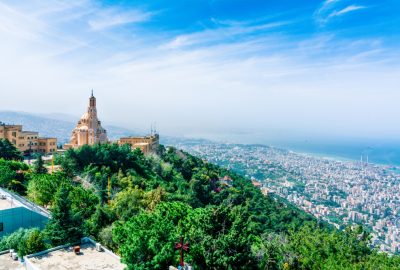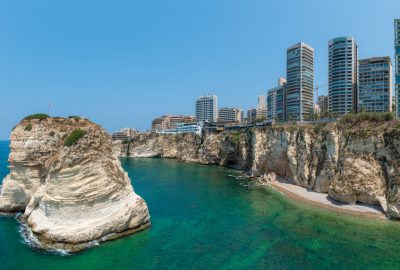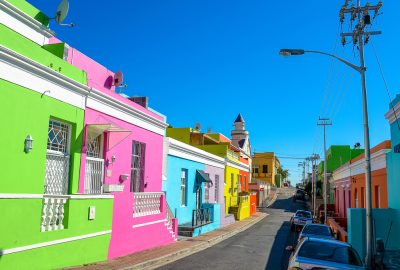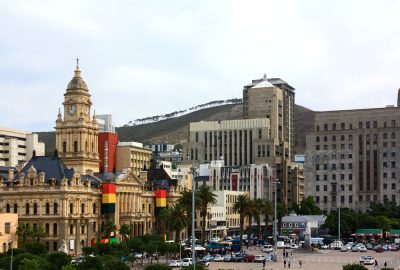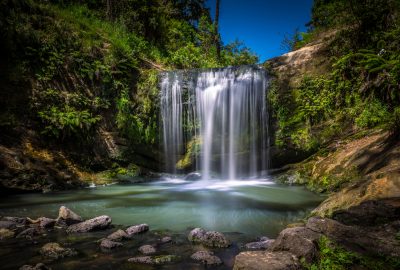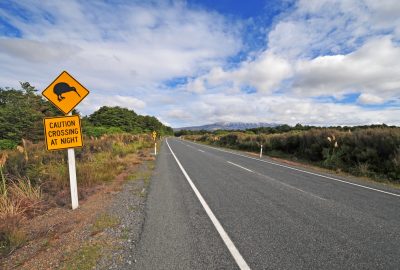Modern Singapore is one of the most advanced cities in the world. It’s really astonishing how much it achieved in such a short time, especially with a very little hinterland and the lack of natural resources. What worked in its favour was the tremendous localization and that’s what its inhabitants capitalized on to the max. For those who ask themselves whether Singapore is a country, a city or an island: the correct answer is it’s all three. Being an island situated at the entrance to the Malacca Strait has made Singapore a natural choice for a trading post, but also a tasty piece of a pie for pirates. As a matter of fact, one of the most notorious women of all time has roamed these waters for almost a decade. Ching Shih was her name, you might recognize that lady from Pirates of the Caribbean but she was so much more of a badass in reality. She was born in China and started working in a floating brothel at a very young age. That’s also where she met Cheng I Sao, a pirate lord who she married. Long story short: he died and she acquired the entire fleet, taking command of 20,000 men and 300 ships. Even the Chinese and English fleet couldn’t mess with Ching Shih. They looted, pillaged and killed all over the South China Sea as pirates do but there was one unusual thing about her merry bunch of one-legged misfits. They had a code that prohibited them from raping their female captives and the captain promoted marriage and fidelity. If a pirate cheated on his wife he got beheaded. If a wife cheated on her husband- she walked the plank. Consensual sex with captives was also a big no-no, and only tolerated after marriage. Ching Shih was one conservative tyrant. Singapore, as we know it today, was established by the East India Company in 1819, nine years after Ching Shih’s death. Pirates still roam these waters, but instead of looting and pillaging small villages they now target enormous tanker ships, they take the crew hostage and demand ransom. It’s not as spectacular and romantic as it used to be.
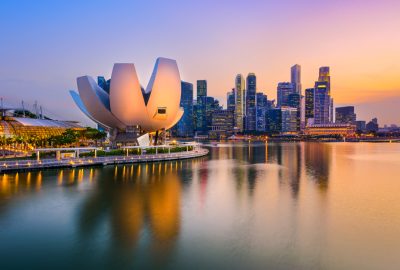
Marina Bay is a great place for spotting stunning modern architecture such as the ArtScience Museum whose design is inspired by a lotus flower, and the Marina Bay Sands hotel that features the highest and largest rooftop swimming pool of the world: the iconic Infinity Pool
Singapore has many nicknames but one is particularly fitting: the “City of the Future”. People here like to strive for something bigger. It’s a kind of like Dubai but not stuck-up, a bit more relaxed, cool and trendy. It is a bit pricey but what can you expect from a city that made its fortune on trade? Okay, trade and ridiculously high fines for silly stuff. Like $1500 plus public service for littering, a similar penalty for jaywalking. It might sound over the top but Singapore is crazy tidy thanks to all these rules. People avoid driving cars because it’s heavily taxed. As a consequence the pollution is minimal, and all the lush parks add to the clean and fresh environment. “The Urban Jungle” is another nickname for Singapore, underlining it’s the most developed tropical city in the world. Singapore is a demonstration of perfect harmony between award-winning architectural marvels and parks where pythons can chill hanging down a tree branch. Obviously, they had to contain some species like the tigers and all the other deadly creatures, but everything else roams free. Mega Parks such as Gardens by the Bay and Pulau Ubin are literal jungles in the middle of a metropolis and make an unforgettable impression. It feels like watching Jurassic Park for the first time, at least for someone like me who has never been in a real jungle. They even managed to fit those huge trees made from the photovoltaic fibre in a way that doesn’t disturb the natural harmony of the place. You can take a lift to the rooftop of this incredible monument and observe a light show performed on a daily basis.
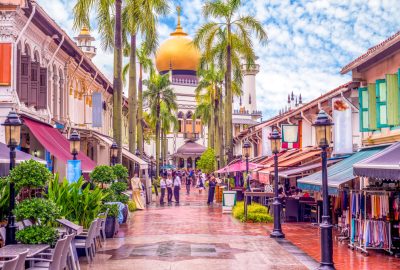
Masjid Sultan, the Sultan Mosque, is located in Singapore's oldest district Kampong Glam, often referred to as the Muslim Quarter, which is packed with great restaurants, cafes, galleries and boutique shops
Singapore is also known as a culinary paradise and even among Asian countries famous for their delicacies. A good friend of mine returned from a trip to the Lion City and could not stop telling anecdotes and tales of amazing food, Michelin Starred food stalls and forfeited dreams of bikini body for summer. Hawker stands and back-alley grandmas selling food on par with best Parisian restaurants? You find it only in Singapore. “Hong Kong Soya Sauce Chicken Rice & Noodle” that’s actually the name of one of those remarkable food stalls selling simple stuff. Imagine that name next to “L'Atelier de Joël Robuchon” in the Michelin Guide, hilarious. Nightlife is, naturally, another hallmark of Singapore. The repertoire is enormous and everyone will find a place where they’ll feel right at home. Rooftop bars are my favorite; particularly the one on top of the iconic Marina Bay Sands (those three skyscrapers with a boat on top). Hipster bars and clubs around the Chinatown or the Holland Village are also lots of fun. Check out Sentosa, it’s an island resort just outside of Singapore, totally worth the trip because of the Ibiza-esque beach parties, but also for the Universal Studios Theme Park.


